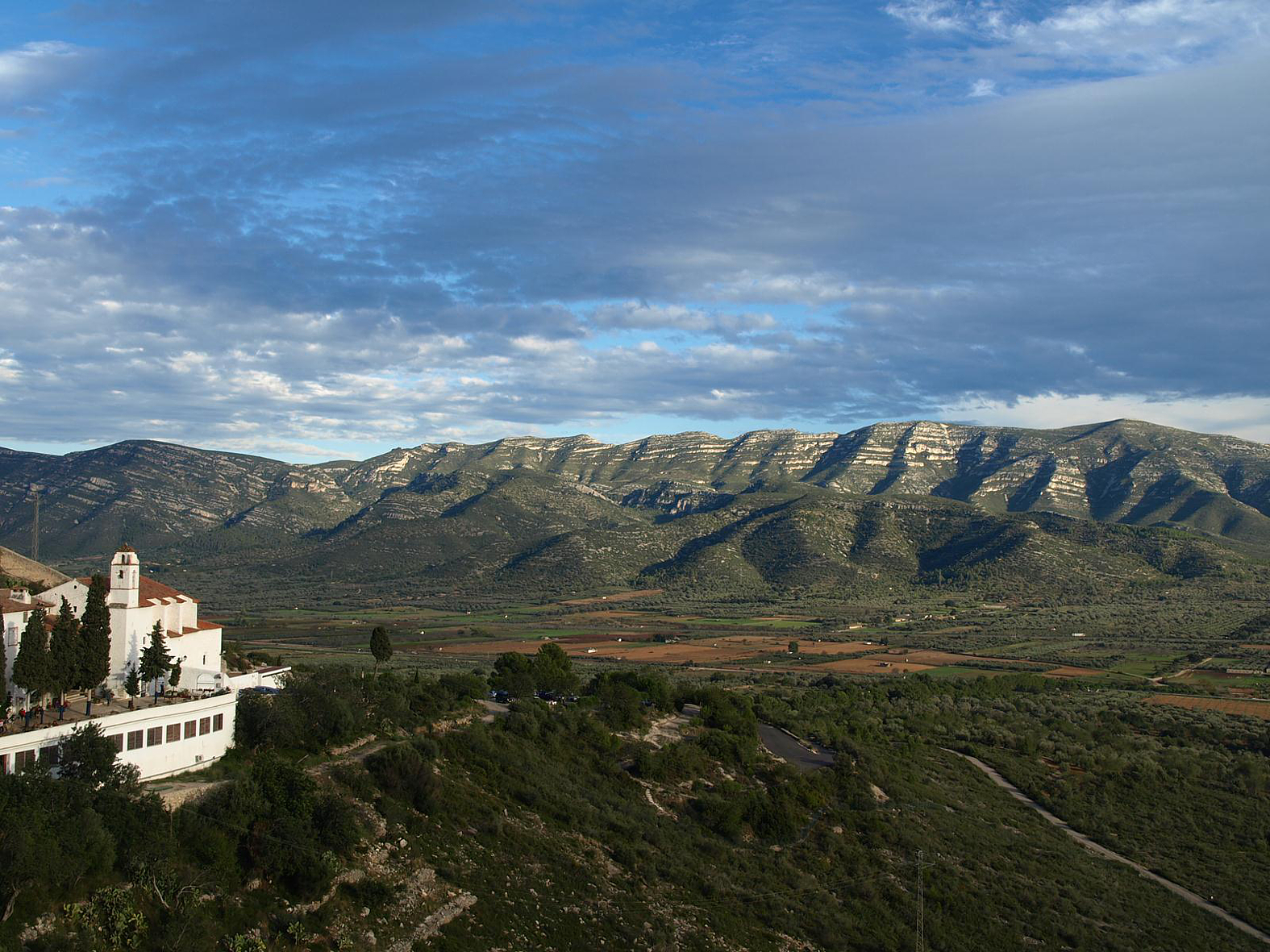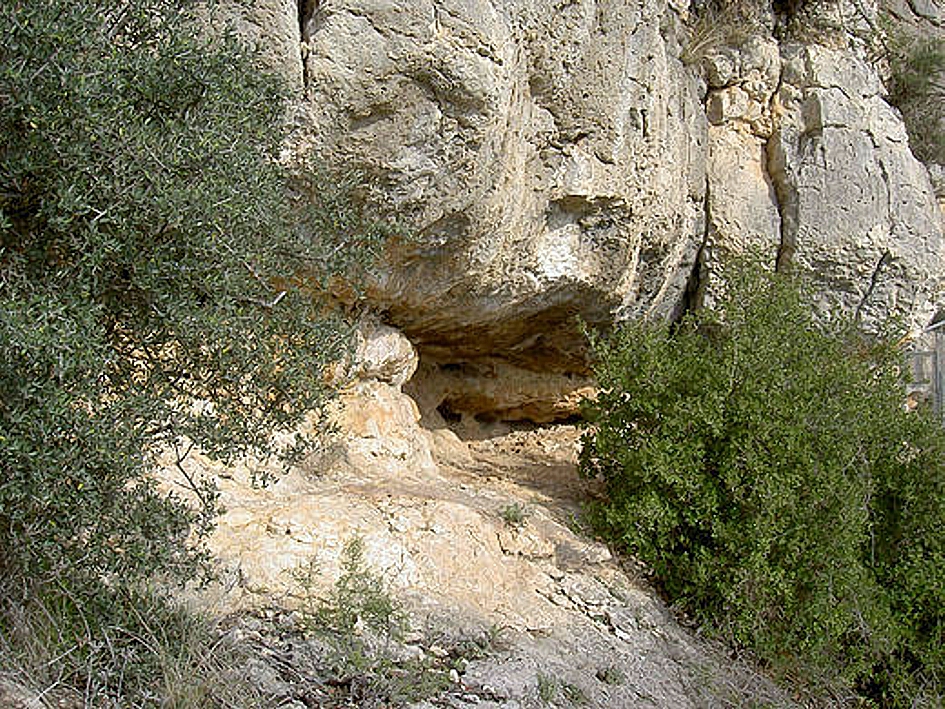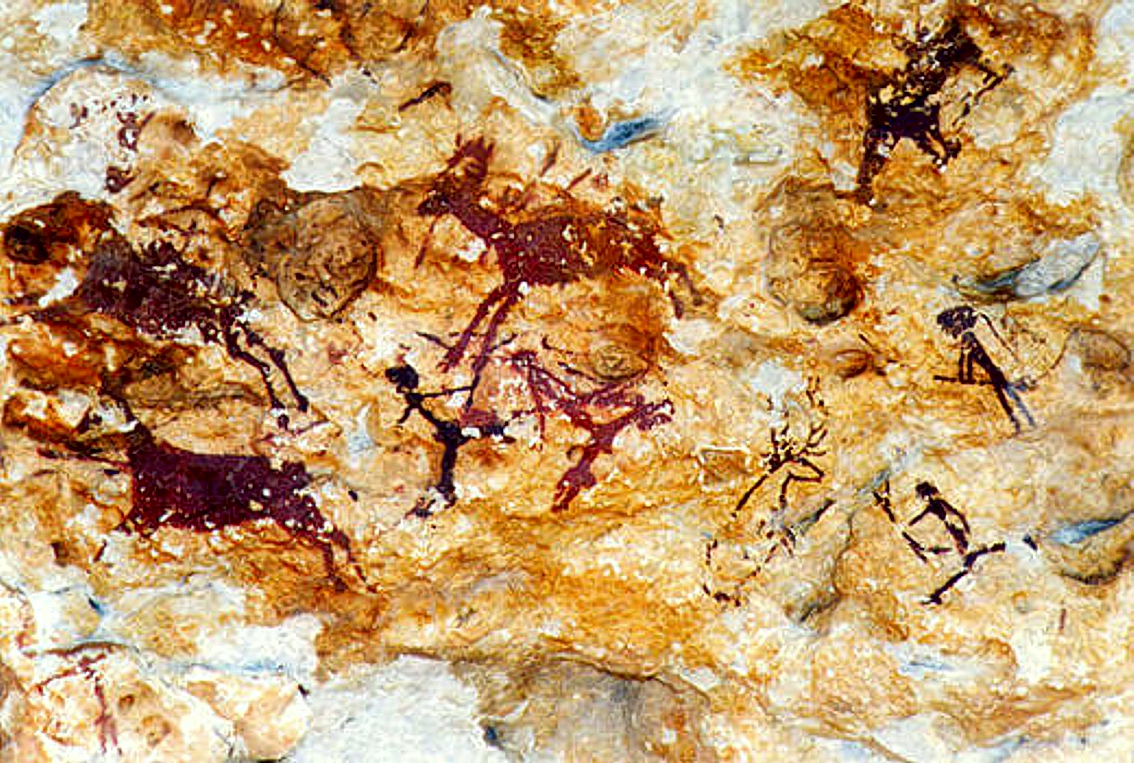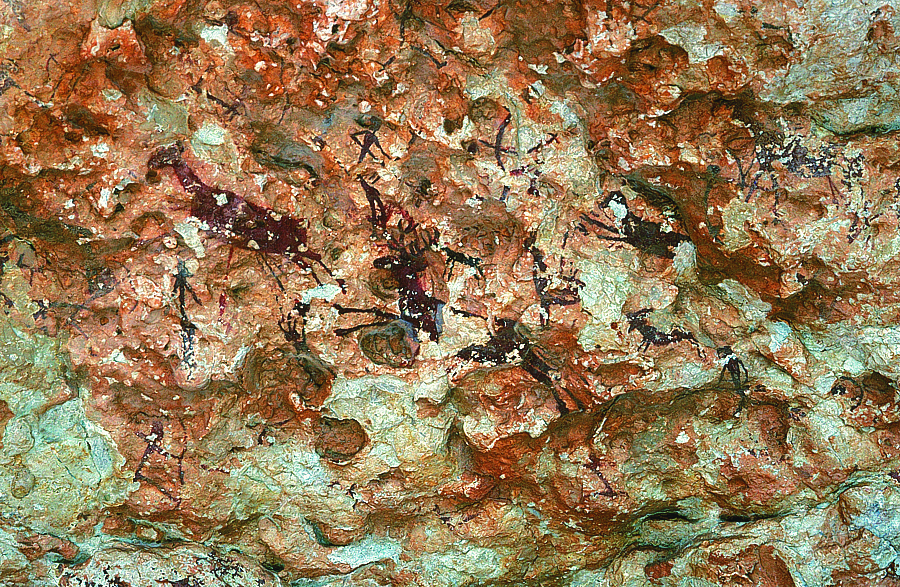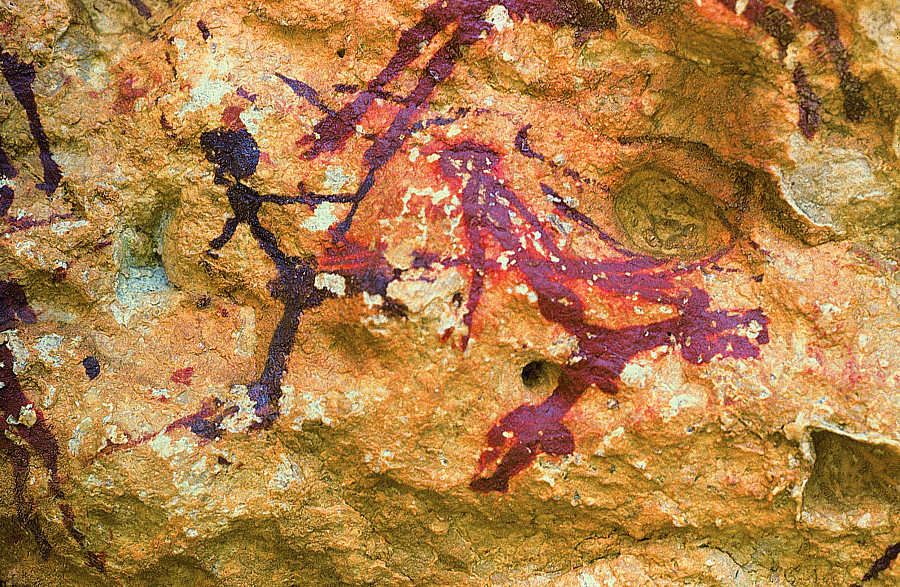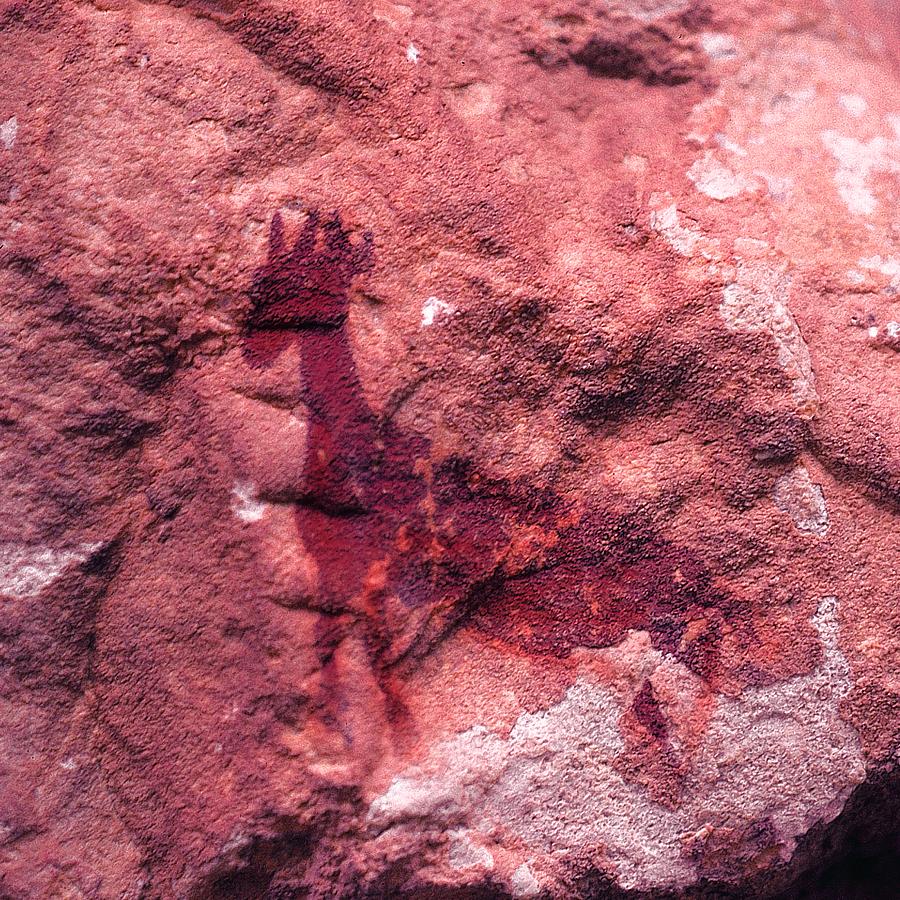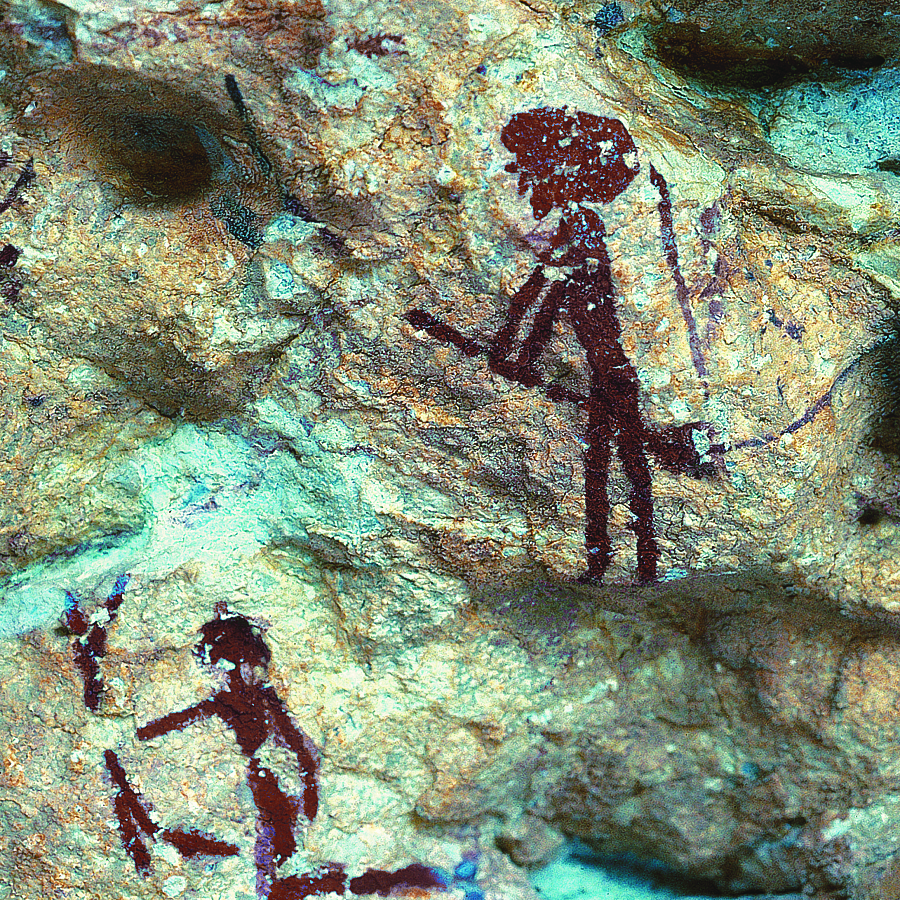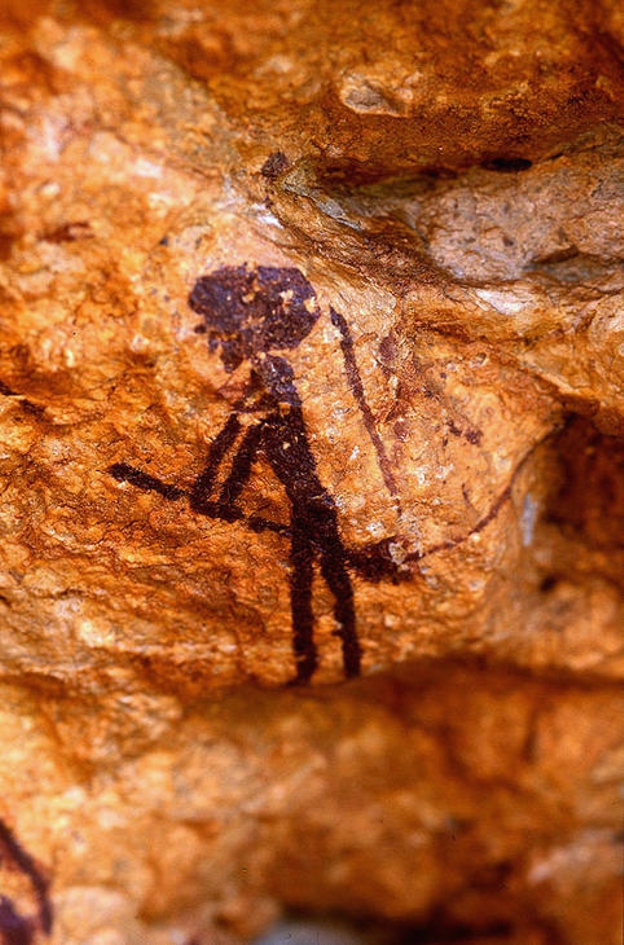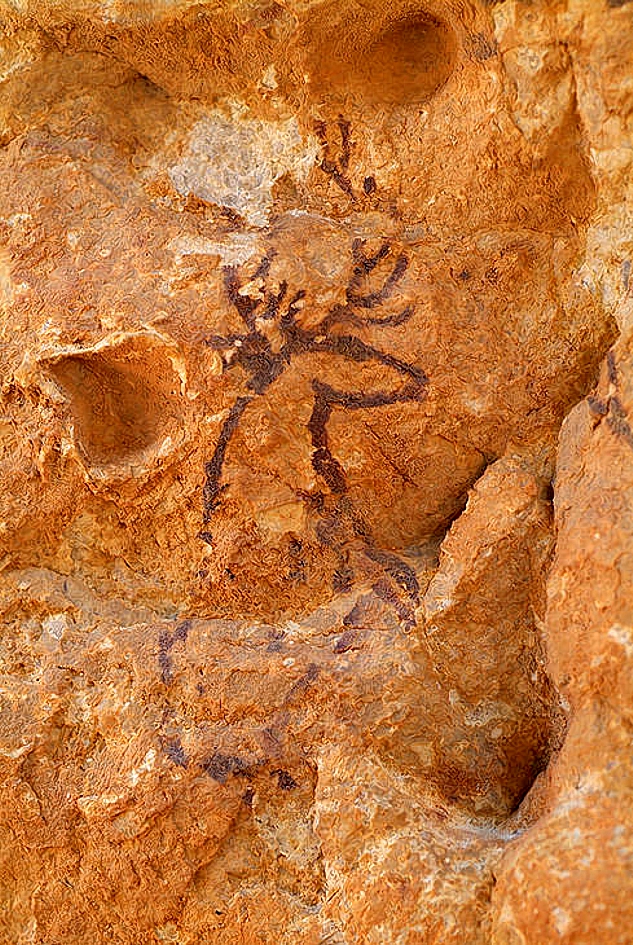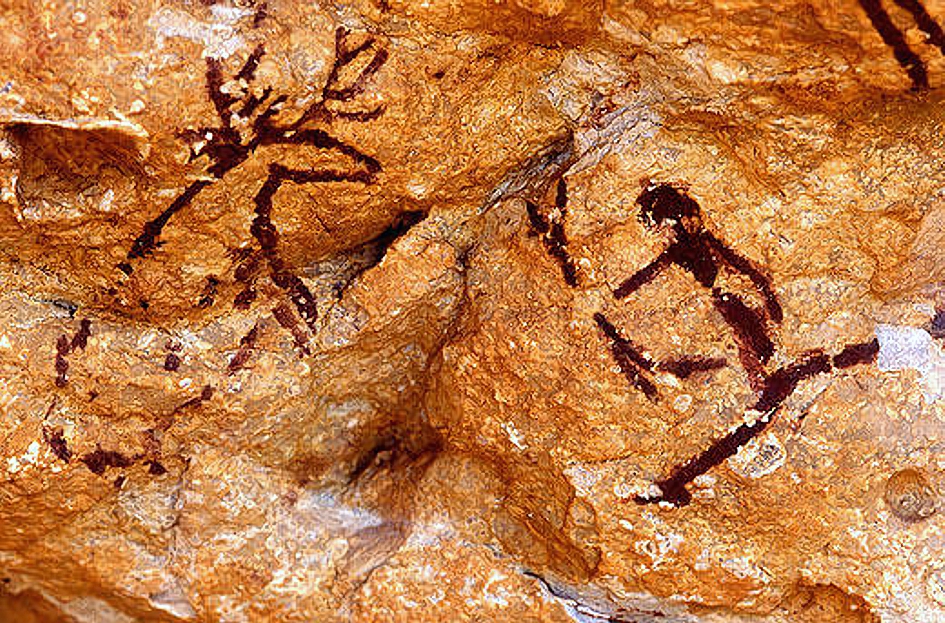Age of the artistic representations: Levantine rock art cycle (circa 9.000-7000 years before of present)
General description of the destination: The number of paintings preserved in Ulldecona exceeds 400. An extraordinary amount, although the set is even more spectacular and important for the quality and formal and stylistic diversity of the representations. Being completely faithful to reality, however, the numerous and splendid paintings that have survived to the present day represent only a pale reflection of the original set. Each and every one of the Ulldecona Coats has, in addition to the clearly identifiable figures, other spots of color distributed throughout its interior (now indeterminate mats). The constant action of the various climatological phenomena, the lithological concretions that have been formed on the rock as a result of water leaks with a high component of lime and, especially in recent years, human action, they have caused a large number of images to disappear. That is why it is much more surprising that, however, such a high number of paintings of such quality has survived to the present day. The Levantine paintings of the Sierra de Godall show a world of beliefs or mythical tales related to hunting, and in which a part of society participates, the possible heroes or legendary characters, the deities, the specialists in charge of carrying out the rituals. and the various species of animals native to the area. The steep cliffs must have been a perfect setting for catching animals. In addition, the place was probably used as a meeting place and for the celebration of certain rites.
History of the site: On March 31, 1975, a young speleologist from the Cultural and Recreational Center of Ulldecona discovered in a small cove of the cliff the first figures of the cave complex of the Sierra de Godall. The discovery was the beginning of a campaign of explorations that allowed to discover up to fourteen decorated coats. Most of the paintings found so far correspond to the so-called Levantine art. Only on the walls of the Cova Fosca -a space known as Abric IV- we find schematic-abstract figures.
Museographic resources description: Located in the Ermita de la Pietat itself, right next to the coats, the Abrics de l’Ermita Rock Art Interpretation Center (Ulldecona, Montsià) was created in 2005 by the Museu d’Arqueologia de Catalunya, with the aim is to bring the remains of prehistoric paintings from the Sierra de Godall closer to visitors. The center offers a complex overview of Levantine art and more specifically, of the 13 coats that make up the set. Through graphic resources, photographs and traces of the paintings, the visitor will get to know this artistic and historical legacy in a very pleasant way.

